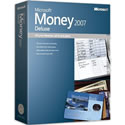 Personal finance software Microsoft Money was discontinued as of mid-2009, but Microsoft recently released Money Plus Sunset Deluxe and Money Plus Sunset Home and Business available for free download.
Personal finance software Microsoft Money was discontinued as of mid-2009, but Microsoft recently released Money Plus Sunset Deluxe and Money Plus Sunset Home and Business available for free download.
Why?…
The stated reason for these editions is to avoid any ongoing online activation/re-activation issues with old software. Do be aware that the online abilities are disabled (no online quotes, no bill payment, no statement downloads initiated by Money, no data sync with MSN Money online services). There will not be any additional support available from Microsoft, only online self-help and through other users.
Money Plus Sunset Deluxe is designed to be a replacement for expired versions of Money Plus Essentials, Money Plus Deluxe, and Money Plus Premium versions. Money Plus Sunset Home and Business is designed to be a replacement for expired versions of Money Plus Home and Business.
Worth a download?
If you’re okay with staying offline, this version of MS Money might serve as an adequate free personal accounting and tracking software for a while longer. You can still manually import MS Money OFX files from your bank or other financial institutions. The Business versions allow to you print invoices. If you have an older version of Money, this is basically a free upgrade to the last edition sold.
Otherwise, it’s probably time to take another look at Intuit Quicken if you still want a full-featured desktop solution, which starts at about $40.



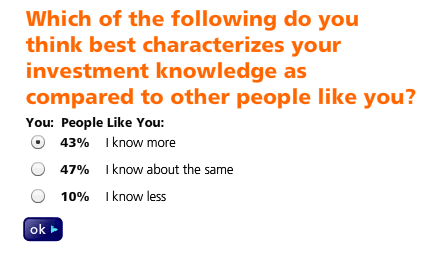

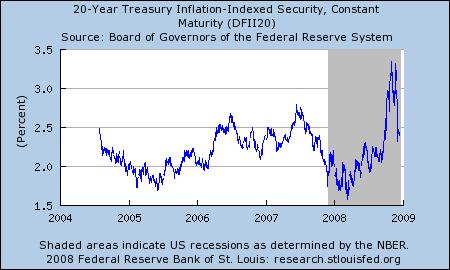
 If have to repeatedly have to make a calculation and I can’t find it elsewhere to my liking, I usually try and make my own calculator to save time in the future. Below are links to ones that I still use regularly, I wanted to point them out because they tend to get lost in my archives. Hopefully, they can be useful to you as well.
If have to repeatedly have to make a calculation and I can’t find it elsewhere to my liking, I usually try and make my own calculator to save time in the future. Below are links to ones that I still use regularly, I wanted to point them out because they tend to get lost in my archives. Hopefully, they can be useful to you as well.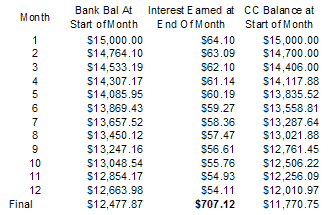
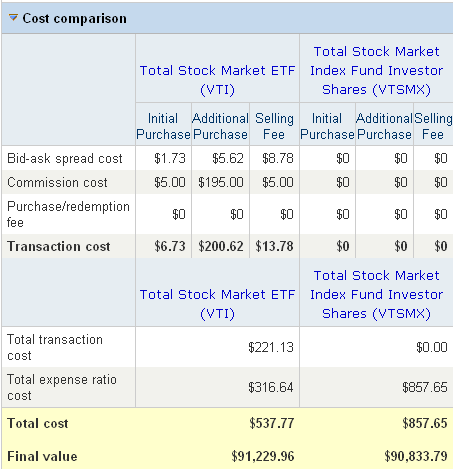
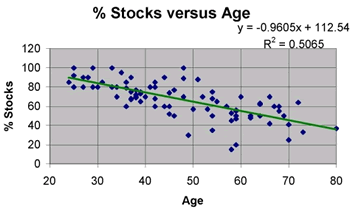
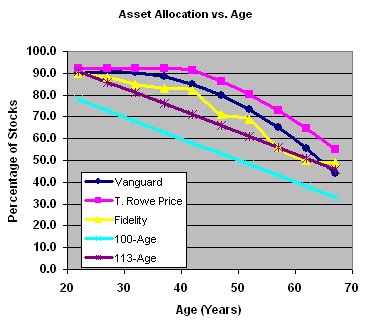
 The Best Credit Card Bonus Offers – March 2024
The Best Credit Card Bonus Offers – March 2024 Big List of Free Stocks from Brokerage Apps
Big List of Free Stocks from Brokerage Apps Best Interest Rates on Cash - March 2024
Best Interest Rates on Cash - March 2024 Free Credit Scores x 3 + Free Credit Monitoring
Free Credit Scores x 3 + Free Credit Monitoring Best No Fee 0% APR Balance Transfer Offers
Best No Fee 0% APR Balance Transfer Offers Little-Known Cellular Data Plans That Can Save Big Money
Little-Known Cellular Data Plans That Can Save Big Money How To Haggle Your Cable or Direct TV Bill
How To Haggle Your Cable or Direct TV Bill Big List of Free Consumer Data Reports (Credit, Rent, Work)
Big List of Free Consumer Data Reports (Credit, Rent, Work)